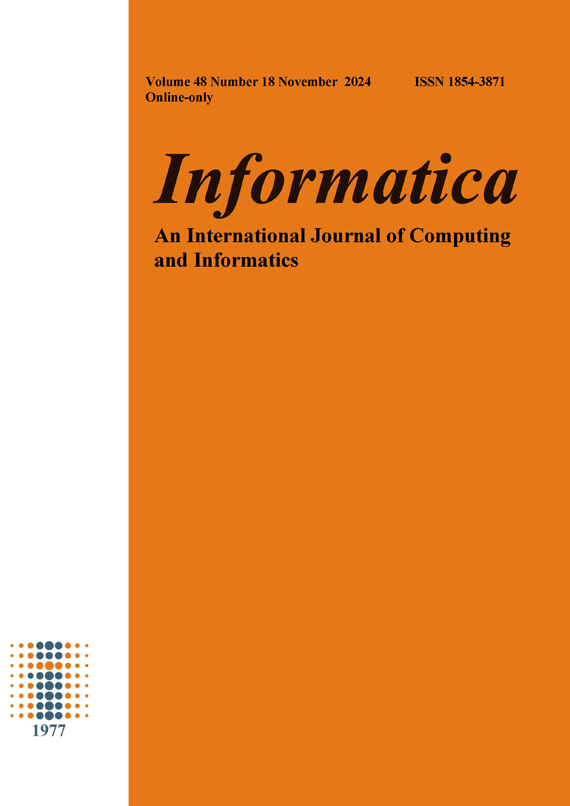Fault Prediction of CNC Machine Tools Based on Gutenberg-Richter Law and Fuzzy Neural Networks
DOI:
https://doi.org/10.31449/inf.v48i18.6292Abstract
The magnitude-frequency relationship is one of the most cited empirical equations by seismologists for studying seismic activity, and it has been widely used in earthquake forecasting and earthquake hazard analysis. Applying this equation to fit and analyze a large amount of CNC machine failure data, similar conclusions to those of seismology were obtained. The adaptive neural network ANFIS model was used to predict the b-value as an output quantity, associated with the fault level and number of faults. The sample data were tested separately using the ANFIS toolbox of MATLAB software and the Neural Net Fitting APP function. The ANFIS model has better accuracy in b-value prediction, which shows that the ANFIS model has certain ability to predict the parameters of the G-R Law. b-value prediction reflects the stability of CNC machine operation to a certain extent, and the change of b-value can speculate the possibility of CNC machine failure in continuous operation, which has certain reference significance for the normal operation of production.
Downloads
Published
Issue
Section
License
I assign to Informatica, An International Journal of Computing and Informatics ("Journal") the copyright in the manuscript identified above and any additional material (figures, tables, illustrations, software or other information intended for publication) submitted as part of or as a supplement to the manuscript ("Paper") in all forms and media throughout the world, in all languages, for the full term of copyright, effective when and if the article is accepted for publication. This transfer includes the right to reproduce and/or to distribute the Paper to other journals or digital libraries in electronic and online forms and systems.
I understand that I retain the rights to use the pre-prints, off-prints, accepted manuscript and published journal Paper for personal use, scholarly purposes and internal institutional use.
In certain cases, I can ask for retaining the publishing rights of the Paper. The Journal can permit or deny the request for publishing rights, to which I fully agree.
I declare that the submitted Paper is original, has been written by the stated authors and has not been published elsewhere nor is currently being considered for publication by any other journal and will not be submitted for such review while under review by this Journal. The Paper contains no material that violates proprietary rights of any other person or entity. I have obtained written permission from copyright owners for any excerpts from copyrighted works that are included and have credited the sources in my article. I have informed the co-author(s) of the terms of this publishing agreement.
Copyright © Slovenian Society Informatika








